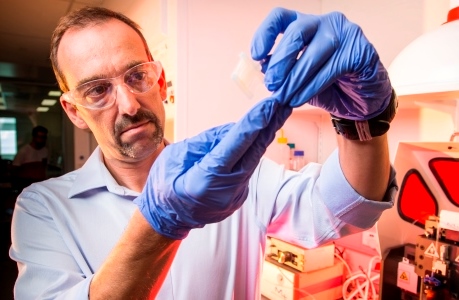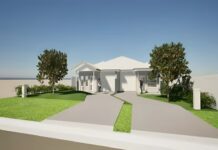3D printing has already revolutionised industry on every level, providing designers, architects, engineers, inventors, researchers, doctors, jewellers and others with an endless range of opportunities to easily exploit digital and physical technologies and significantly improve design, production times, increase accuracy, and reduce costs across the board.

Image credit: www.electromaterials.edu.au
A team of researchers from the ARC Centre of Excellence for Electromaterials Science (ACES) at the University of Wollongong, however, took the technology to the next level by adding another dimension to it – time.
“4D printing is in essence 3D printed structures that can change their shape over time. They’re like transformers,” said ACES Chief Investigator, Professor Marc in het Panhuis.
Led by Professor Marc in het Panhuis, ACES’ researchers 4D printed a valve that automatically opens and contracts under the influence of external stimuli such as water or heat.
Commenting on the creation of the valve that actuates in response to its surrounding water’s temperature, Professor Marc in het Panhuis said it was the cleverness of the valve’s creation that was remarkable.
“The cool thing about it is, is it’s a working functioning device that you just pick up from the printer. There’s no other assembly required,” he said.
“So it’s an autonomous valve, there’s no input necessary other than water; it closes itself when it detects hot water.”
This essentially means that researchers are now able to design and print an object while giving it the ability to change its shape, fold itself or even self-assemble under the influence of pressure, vibrations, magnets or changes in temperature.
This ground breaking finding – which was published in the journal Macromolecular Rapid Communications under the title “4D Printing with Mechanically Robust, Thermally Actuating Hydrogels” – can have limitless applications across a wide range of industries, with quite astonishing outcomes.
For instance, scientists theorise that it can be used to manufacture medical devices that have the ability to change their shape inside the body, to manufacture water pipes that contract and expand depending on water demands, as well as to produce self-assembling furniture. Check out the video below.



















